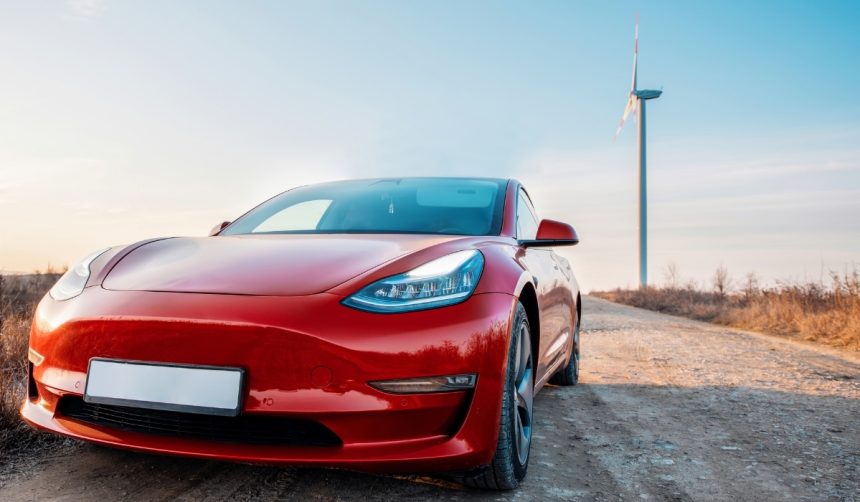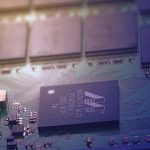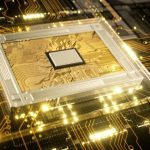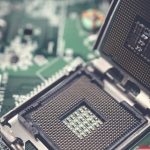Tesla has begun a broader deployment of its Full Self-Driving (FSD) v14 software to customers outside of its Early Access Program (EAP), signaling a move toward a general release in the United States. The latest update follows several weeks of active testing and refinement, with improvements made to address feedback from initial users. As anticipation grows around the latest advancements in autonomous vehicle technology, many Tesla owners are reporting real-time software notifications for their vehicles. With each release, the company demonstrates a focus on rapid iteration to address user-experienced issues and further enhance the automated driving experience. Public interest is notably high as the FSD suite becomes accessible to a wider audience.
When FSD v14 was previously tested in early versions, many users discussed issues like brake stuttering and incomplete features. Earlier limited rollouts targeted mostly the Model 3 and Model Y, with sporadic expansion to other models. Now, with the official announcement of the wider rollout, updates are being delivered at a faster pace and to a larger group of customers. Notably, Cybertruck remains excluded for now, marking a difference from the earlier expansion plans which suggested all models would receive updates simultaneously.
What’s new in Tesla’s Full Self-Driving v14?
The v14 update introduces several features and improvements, including a revised Mad Max Speed Profile designed to offer a more adaptive, human-like driving style. Initial testers in the EAP reported that the software now performs smoother lane changes and keeps up with faster traffic more consistently. These changes appear to address earlier criticism about the software’s abrupt driving behaviors and responsiveness.
Who receives the update and what models benefit?
Following the test period, the rollout now extends beyond just Model 3 and Model Y. Some owners of Model S and Model X have shared experiences of successful installations, with reports indicating enhanced stability and confidence during supervised autonomous driving. One user expressed satisfaction by stating,
“I did over an hour of driving with FSD v14.1.3 in my Model S tonight and experienced 0 disengagements.”
While most vehicle categories are benefiting from the update, Tesla Cybertruck owners are still awaiting their opportunity, despite earlier communications suggesting incoming updates.
How is the community responding to the broader rollout?
Driver feedback plays an important role in shaping subsequent updates, as Tesla closely monitors real-world user experiences after every deployment. Enthusiastic owners have shared their experiences on social media, highlighting improvements and remaining cautious about ongoing developments. A new software version, v14.1.3, was received positively, as reflected in a Model 3 owner’s comment:
“We are SOOOO BACK! v14.1.3 installing on my 2024 Model 3!”
Reports also indicate significantly fewer disengagements during testing, indicating progress toward the company’s goal of higher reliability.
Tesla’s strategy of iterative updates and phased rollouts showcases how the company approaches real-world testing and issue resolution. While the speed of the recent software releases suggests a focused effort to improve the FSD experience, challenges remain for certain models, most notably the Cybertruck, which still lacks the latest version. Tesla’s transparent communication about the delayed Cybertruck update marks a shift from previous practices, where update schedules were often not discussed publicly. For owners using FSD on supported models, monitoring upcoming software releases and participating in feedback processes can contribute directly to further improvements. The expansion of FSD v14 demonstrates Tesla’s prioritization of user data and rapid response over a one-time, fixed launch model, providing additional learning opportunities for both the company and its users regarding autonomous vehicle adoption.










